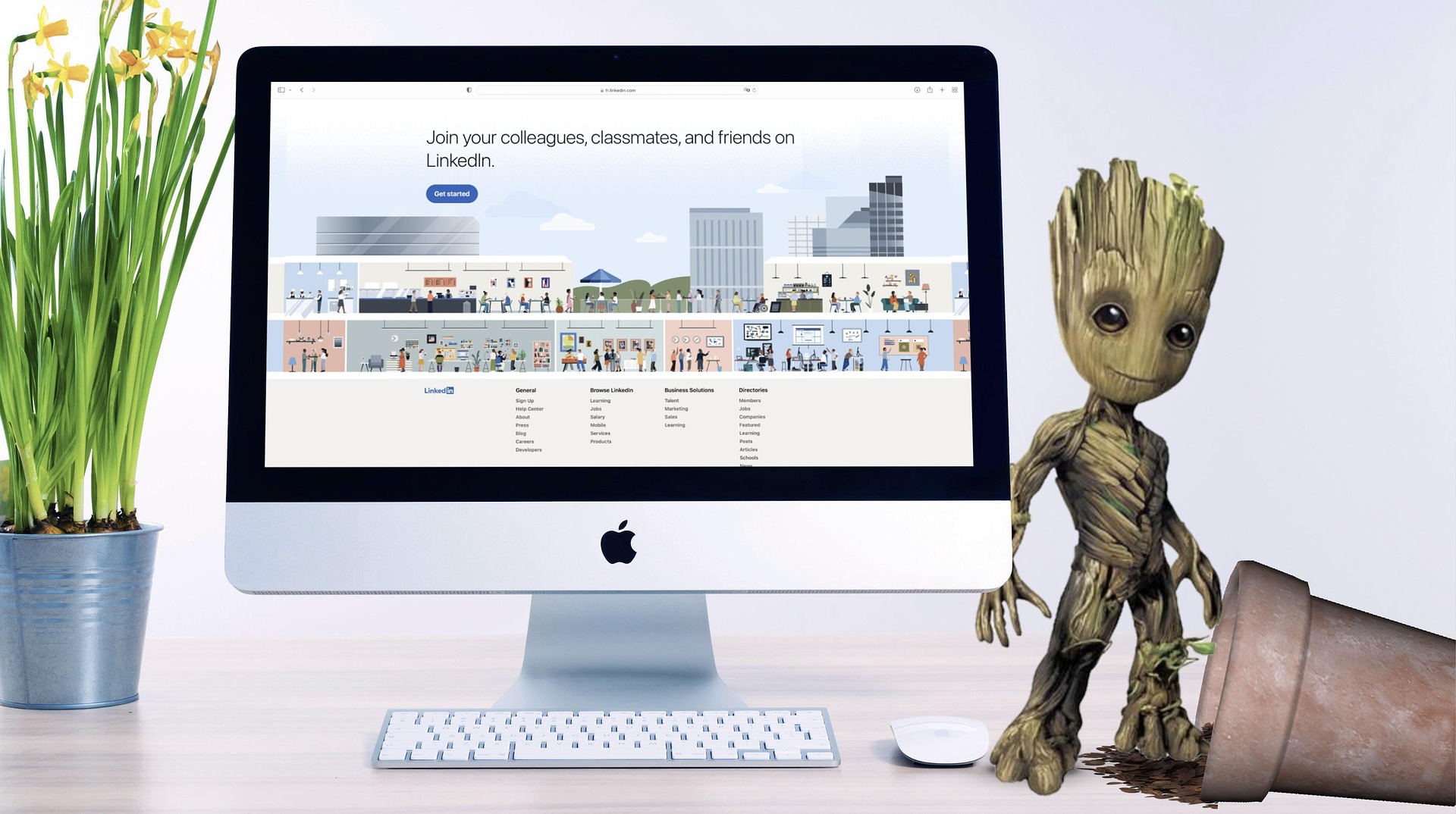Building a Personal Brand on LinkedIn That Actually Leads to Opportunities
LinkedIn can feel noisy and performative, but when used with intentionality it becomes one of the best channels for career momentum. A consistent, value-first presence attracts recruiters, collaborators, and mentors. This article lays out a practical, measurable approach to build a LinkedIn brand that opens doors, not just likes.
Define your value proposition
Start by clarifying who you help and how. Are you a mid-level product manager who simplifies complex metrics for teams? Are you an engineer who specializes in scaling databases for high-traffic apps? Your 'who + how' is the core of your narrative.
Write a one-sentence summary and use it across your headline, About section, and first line of posts. Consistency helps the LinkedIn algorithm and readers quickly understand your focus.
Content pillars and cadence
Choose 3 content pillars — repeatable themes you can write about regularly. Examples: 1) Short lessons from your work, 2) Tools and templates you use, 3) Career lessons and rare mistakes. Post 2–3 times per week to start; prioritize quality. A consistent schedule beats sporadic viral posts.
Post formats that perform
Experiment with the following formats: micro-threads (3–6 short paragraphs), how-to carousels (images or PDFs), before/after case studies, and quick templates people can copy. Use a strong first line to stop the scroll and end with a simple CTA (comment, save, share).
Writing a simple post template
A reliable post structure: 1) Hook (one sentence), 2) Context (one line), 3) Short story or example (2–4 lines), 4) Key takeaway (bulleted if possible), 5) CTA. Keep posts scannable and avoid long walls of text.
Commenting and thoughtful engagement
Commenting on posts in your niche is an underrated strategy. Add value in the first comment by summarizing your perspective or asking a follow-up question. This increases visibility and builds relationships with authors and audiences over time.
Converting audience into opportunities
Don’t wait for inbound: create lightweight funnels. Add a link to a short portfolio or calendly in your About. When someone messages you with interest, respond with a short template that moves the conversation to a concrete next step: an intro call, a request for a role description, or an ask to connect you to a hiring manager.
Templates work: for inbound recruiter messages, reply with a 3-line template that confirms interest, asks for details, and proposes a 20-minute call window.
Measuring momentum
Track outcomes, not vanity. Useful metrics include: number of relevant inbound messages (recruiters, offers, mentors), invitations to speak or collaborate, and tangible leads that turn into interviews or projects. Keep a short monthly log of these outcomes.
Handling negative attention and maintaining boundaries
As visibility grows you’ll receive both helpful and unhelpful feedback. Decide beforehand what you will ignore (trolling, unsolicited advice) and what you’ll engage with. Use LinkedIn’s privacy settings to limit who can contact you if noise increases.
Repurposing content and efficiency
Write once, publish many: repurpose a long LinkedIn post into a short Twitter thread, an internal doc, or a short newsletter. This amplifies your effort and maintains a consistent voice across channels.
"A personal brand is the cumulative effect of consistently useful content — not a single viral post.
A 30-day starter plan
- 1Day 1–3: Update your headline and About with the one-sentence value proposition.
- 2Week 1: Publish two posts (one personal lesson, one template).
- 3Week 2: Comment thoughtfully on 5 posts in your niche and connect with authors.
- 4Week 3: Publish a case study or before/after post and collect two testimonials.
- 5Week 4: Audit inbound messages and convert at least one into a concrete outcome (call/intro).
Conclusion: LinkedIn rewards consistent value and clarity. Focus on a few pillars, measure real outcomes, and keep your content practical and actionable. Over months, the small investments compound into meaningful opportunities — higher quality inbound, stronger network ties, and a clearer career path.



